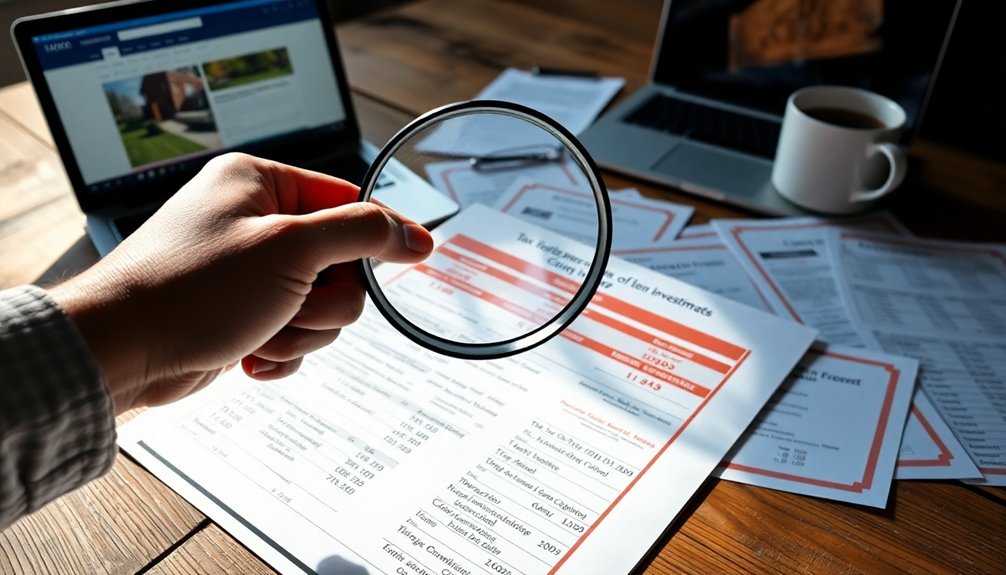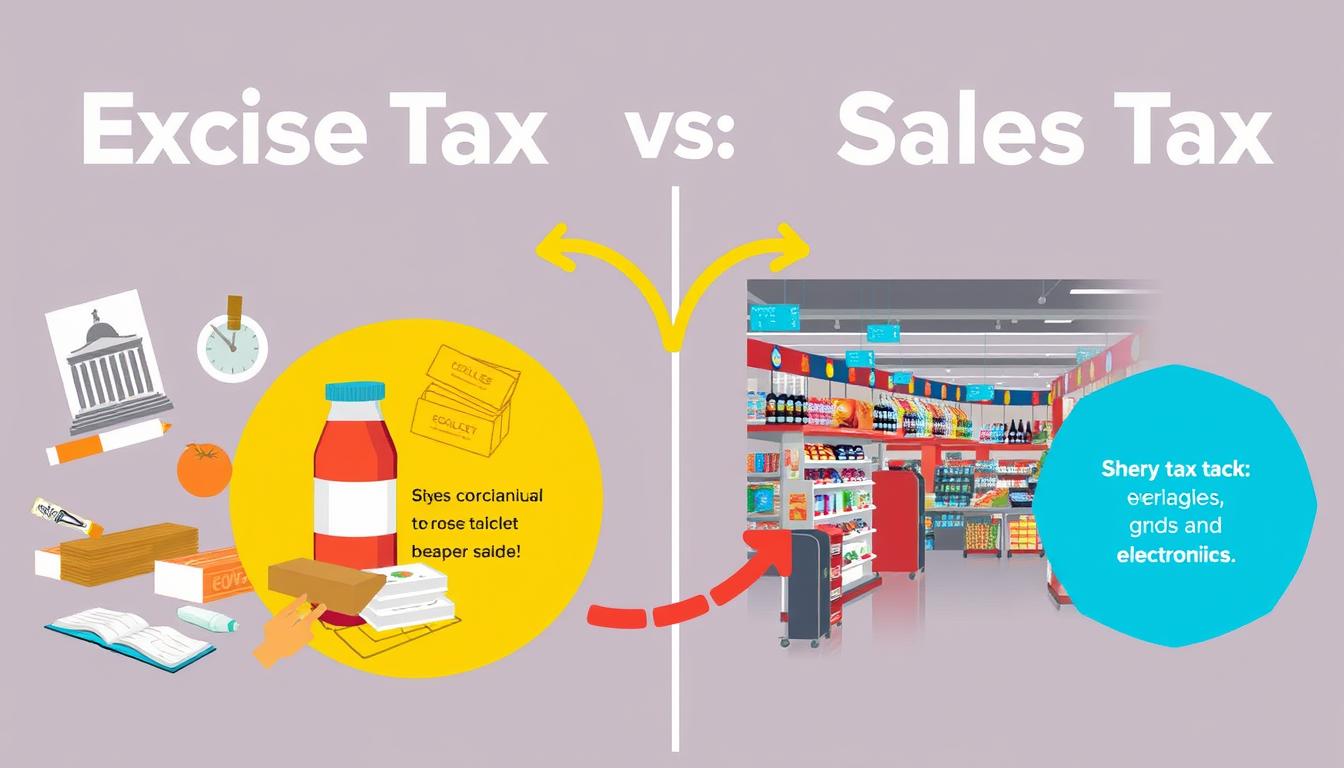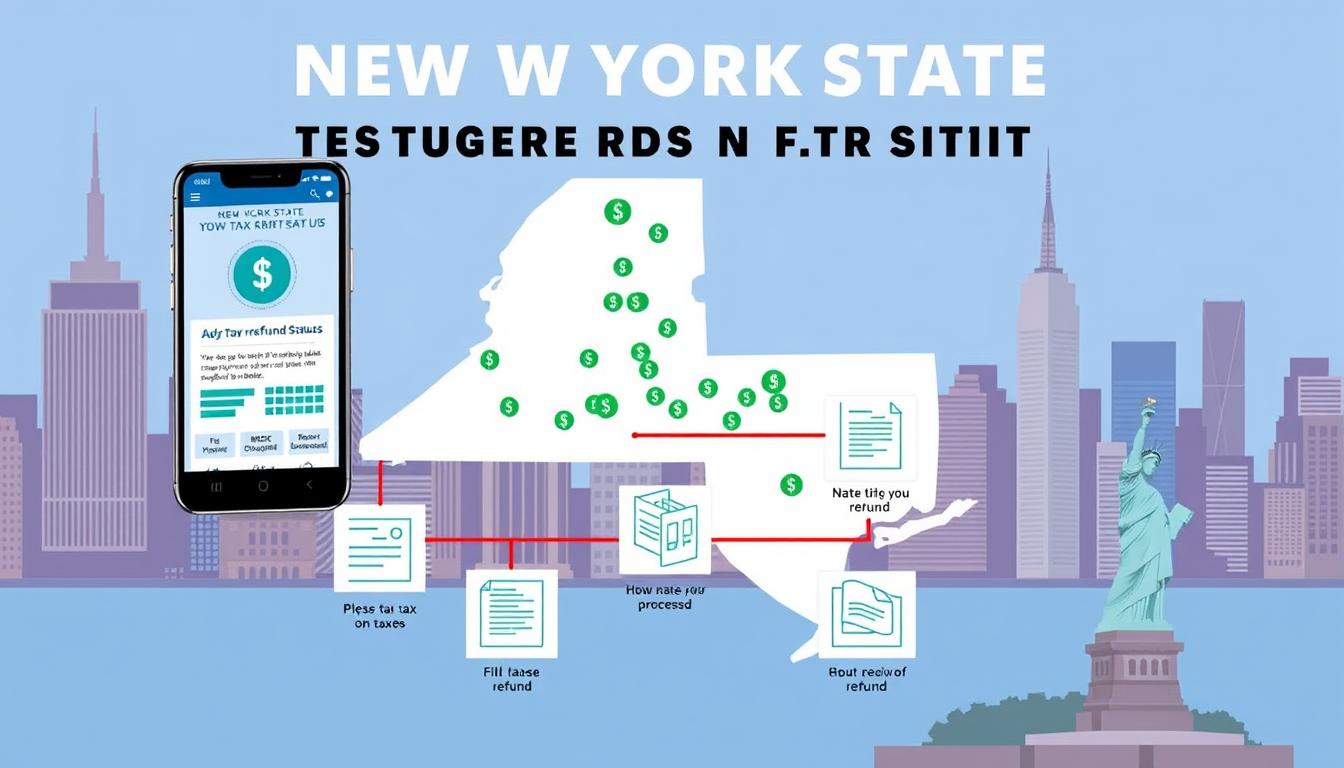Yes, you can file your taxes without a W-2. If you haven't received it by January 31, contact your employer or former payroll provider for assistance. You can use your last pay stub to gather essential information like wages and tax withholdings. If needed, substitute your missing W-2 with IRS Form 4852. Don't forget that independent contractors can report income using Form 1099-NEC instead. Timely filing is crucial to avoid penalties, so make sure to gather your documents. There's more to know about navigating this process effectively, so keep going to uncover additional details.
Key Takeaways
- You can file taxes without a W-2 by using Form 4852 as a substitute form.
- Gather your last pay stub to report wages, tips, and tax withholdings accurately.
- Contact your employer or former payroll provider if you have not received your W-2 by January 31.
- The IRS can help locate a missing W-2 if needed.
- Timely filing is crucial to avoid penalties, as e-filing is not allowed without a W-2.
Filing Without a W-2

Filing your taxes without a W-2 can be daunting, but it's definitely possible. First, remember that employers are required to provide W-2 forms by January 31. If yours hasn't arrived, reach out directly to your employer. Verify that they've your correct address on file to avoid any misdelivery.
If your employer is no longer in business, check if they arranged for W-2s to be sent from their former payroll provider.
If you still can't get your W-2, don't hesitate to contact the IRS at 1-800-829-1040 for assistance. Be prepared to provide your personal information along with your employer's name and address. The IRS may contact them to retrieve the missing form.
In the meantime, you can use Form 4852 as a substitute for your W-2. Estimate your total wages and withholding using your final pay stub, and fill out Form 4852 detailing your attempts to obtain the W-2. Using Form 4852 serves as a valuable option when you're unable to secure your W-2.
Attach this form to your tax return and mail it in, but remember, e-filing isn't allowed. Filing on time is crucial to avoid penalties, even without the W-2.
Gathering Necessary Information

When you're missing your W-2, gathering the right information becomes vital for accurately filing your taxes. Start by collecting your employer's name and address, as you'll need them to reach out for a replacement. If your employer's out of business, don't hesitate to contact the payroll provider, who may still have your W-2 info. Make sure you note your employer's Identification Number, which is crucial for proper tax filing.
Next, dig into your last pay stub. It'll give you details on wages, tips, and other compensation, along with Social Security and Medicare wages. Also, check the taxes withheld, including federal, state, and local amounts. If your employer is not responsive, remember that employers are required to send W-2s to multiple agencies, which can assist in obtaining the necessary information.
If you can't get your W-2, the IRS can assist you in locating it. Alternatively, use Form 4852 as a substitute.
Don't forget to reach out to your state tax department for specific rules, as each state has different procedures for missing W-2s. Keep copies of your year-end pay stubs, as they may be required to confirm your income and withholding.
Gathering this information ensures you're prepared to file your taxes accurately and on time.
Reporting Self-Employment Income

Reporting self-employment income can feel daunting, but it's a straightforward process once you know the steps. You won't use a W-2 form here; instead, you'll report your income on Schedule C (Form 1040). This form is specifically for income or loss from a business or profession you operate as a sole proprietor.
If your net earnings are $400 or more, you'll also need to complete Schedule SE to calculate your self-employment tax. The self-employment tax rate is 15.3%, which includes 12.4% for Social Security and 2.9% for Medicare. Additionally, you may be able to claim a home office deduction based on the percentage of your home used for business purposes.
Remember, you can deduct half of your self-employment tax as a business expense on Form 1040. When you file, you'll submit Form 1040, Schedule C, and Schedule SE to the IRS.
Even if you don't owe income tax, you must still file Schedule SE for self-employment tax. If you're part of a family business, each partner needs to report their share of the income.
Make sure to check the IRS website for the forms and additional guidance to ensure you're compliant.
Independent Contractors and 1099 Forms

Independent contractors play a vital role in the modern economy, often juggling multiple clients and projects simultaneously.
If you're an independent contractor, you'll most likely receive Form 1099-NEC for any non-employee compensation exceeding $600. This form must be submitted to the IRS and distributed to you by January 31st. Additionally, other types of income may be reported using Forms 1099-MISC or 1099-K, depending on specific thresholds.
At the start of your service relationship, clients should request a Form W-9 from you to gather your taxpayer identification number. Correct classification as an independent contractor is essential to avoid misclassification penalties.
Remember, you're responsible for your own self-employment taxes, which include 12.4% for Social Security and 2.9% for Medicare. You'll need to file quarterly estimated taxes using Form 1040-ES to avoid penalties.
Keeping accurate records is crucial, even if a payor fails to file a 1099 form. You maintain control over how and when you work, but that also means you don't receive employee benefits.
Stay organized, meet your filing deadlines, and ensure compliance to avoid any issues with the IRS.
Contacting Employers and the IRS

If you haven't received your W-2 by the January 31 deadline, you should reach out to your former employers as soon as possible.
First, check if the W-2 was mailed by the deadline and confirm that your mailing address is correct. Contact the HR department or your former manager to inquire about the W-2 status. If it's easier, offer to pick it up in person.
Also, ask if the W-2 was sent digitally, and don't forget to check your email and spam folders.
If the company uses a third-party payroll provider, get in touch with them to verify the address on file or request a replacement copy. Make sure to provide your identification and work dates for verification.
If you still don't have your W-2, call the IRS helpline at 800-829-1040 for assistance. Be ready to provide your employer's EIN, your contact information, and Social Security number. Employers are required to issue W-2s to former employees by January 31st, so it's important to act quickly.
You can also visit a local IRS Taxpayer Assistance Center for in-person help.
Lastly, if all else fails, use Form 4852 as a substitute for your W-2 when filing your taxes.
Frequently Asked Questions
What if I Lost My W-2 Form?
If you've lost your W-2 form, don't panic.
Start by contacting your employer's payroll or HR department to request a copy. They're required to provide it by January 31.
Check if they've an online portal where you can access it.
If you can't get a response, consider reaching out to the IRS.
You can also use Form 4852 as a substitute for your W-2 when filing your taxes.
Can I E-File Without a W-2?
You can't e-file without a W-2 unless you use Form 4852 as a substitute.
Since e-filing isn't allowed with that form, you'll have to paper file your return.
If you have an earnings statement from your employer, you might be able to e-file using that instead.
Just make sure it accurately reflects your wages and withholdings.
If you're unsure, consider contacting the IRS for guidance.
Will Filing Without a W-2 Delay My Refund?
Filing without a W-2 can delay your refund. When you use Form 4852, the IRS needs extra time to verify your information, which might slow down the processing.
While your refund may still be issued based on your original return, any amendments will take longer to process.
To avoid further complications, make sure your estimates are accurate and submit everything correctly from the start.
Are There Penalties for Missing a W-2?
Yes, there are penalties for missing a W-2.
If you don't send it to the SSA by January 31, you could face fines starting at $60 per W-2 for late filings.
If you miss the 30-day window, that penalty jumps to $120, and after August 1, it climbs to $310.
It's crucial to act quickly and file any missing forms to minimize these penalties and avoid complications.
How Does Missing a W-2 Affect My Tax Return?
Missing a W-2 affects your tax return significantly. The IRS matches your reported income with the W-2, so if it's absent, you might receive a notice asking for the missing information.
You'll need to estimate your income using your final pay stub and file Form 4852. If your return's accepted without the W-2, you may have to amend it later if discrepancies arise, leading to potential penalties or adjustments.
Conclusion
In conclusion, you can definitely file your taxes without a W-2, but it requires some extra steps. By gathering the necessary information, reporting any self-employment income, and using 1099 forms if you're an independent contractor, you're on the right track. If you're missing crucial details, don't hesitate to reach out to your employer or the IRS. Taking these actions ensures you can complete your tax filing accurately and on time, even without a W-2.









